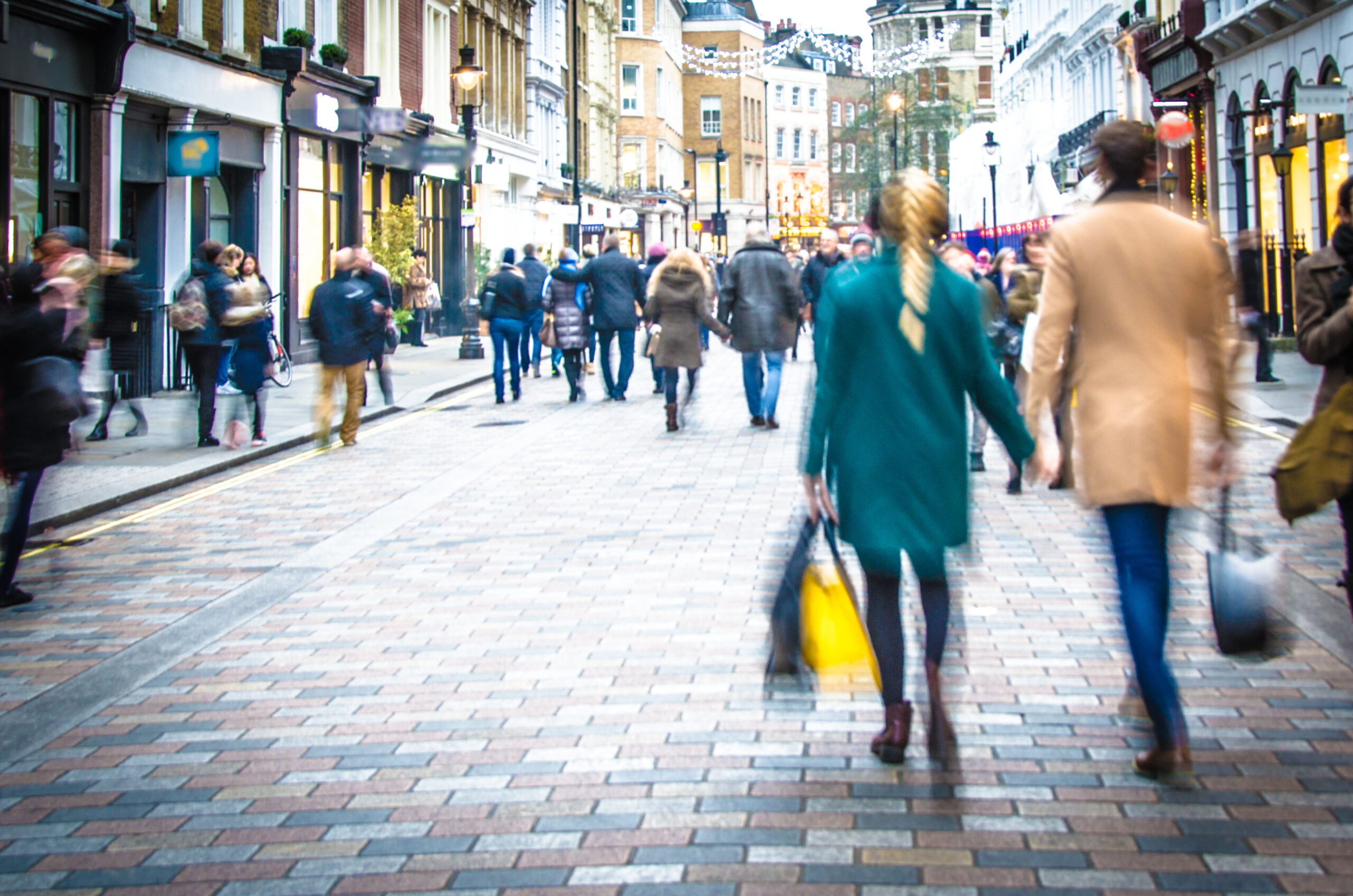Welcome to 2022. Just what the year ahead has in store for Growth 2000 retailers may or may not make it a Happy New Year, but while there is much still to be concerned about, there is also cause for hope.
The mega-trends of Covid-19 and Brexit are of course going to cast a long shadow over the year ahead, but what else does 2022 have in store for growing online retailers? Here are what some of the experts think.
Personalisation everywhere
In 2022, many retailers will come to realise that these now familiar personalisation solutions have value outside the customer-facing realm, and can be leveraged to tackle logistical and operational challenges too, such as disruptions facing the supply chain.
Supply chains are broken everywhere from manufacturing, to storage and shipment. On top of this, every company has a unique set of circumstances to contend with, tackling challenges with partners, inventories, store locations and more. In this environment, understanding how, for example, a particular supply chain disruption will affect customer delivery in two months is critical. Company personalisation enables visibility of things like local weather, time of delivery, and even an outlook for finding and recruiting new staff. The ability to understand oneself and one’s environment in this way enables retailers to look ahead and predict previously unforeseen challenges, empowering them to prepare with confidence.
Alex Rutter, UK Director, Retail, Google Cloud
Supply chain issues and inflation
Retailers will have to prioritise and rethink how they manage their inventory and set expectations with customers to prevent poor experiences due to continued delivery delays.
Meanwhile, due to inflation, sellers will face higher costs across brick-and-mortar, e-commerce, and marketplaces and will have to adjust pricing in the buy box to convert and keep customers.
Together, supply chain challenges and inflation will create higher costs for retailers, but small businesses with smaller budgets and teams will be more heavily impacted.
George Trantas, senior director, global marketplaces, Avalara
AI to address labour shortages
“Amid a shortage of labour and increased customer demand for faster service, quick-service restaurants will employ AI for automated order taking. Thanks to advancements in natural language understanding and speech, combined with recommendation systems, fast food restaurants will roll out automated order taking to speed drive-through times and improve recommendations. In supermarkets and big-box stores, retailers will increase their use of intelligent video analytics and computer visions to create automated checkouts and autonomous or cashier-less shopping.”
Azita Martin, VP & GM of Artificial Intelligence for Retail
The future is headless
“Next year will see headless technology at the forefront of commerce. It means more flexibility, more integration and less siloed solutions and in the B2C world, it will make it easier to use social commerce and keep up with user interface trends. While consumer e-commerce has been much faster at adopting new technologies, in B2B many organisations are less agile. However, headless commerce will become critical even in business-to-business in 2022 as it will be the make or break of acquiring, retaining and engaging a business customer. Elsewhere the ongoing focus on consumer experience will bring more pressure on brands to work well with data, personalisation and a completely frictionless and smooth experience across different channels. We’ll also see more brands starting to integrate crypto into innovative rewards programs.”
Achille Traore, CEO, While Label Loyalty









